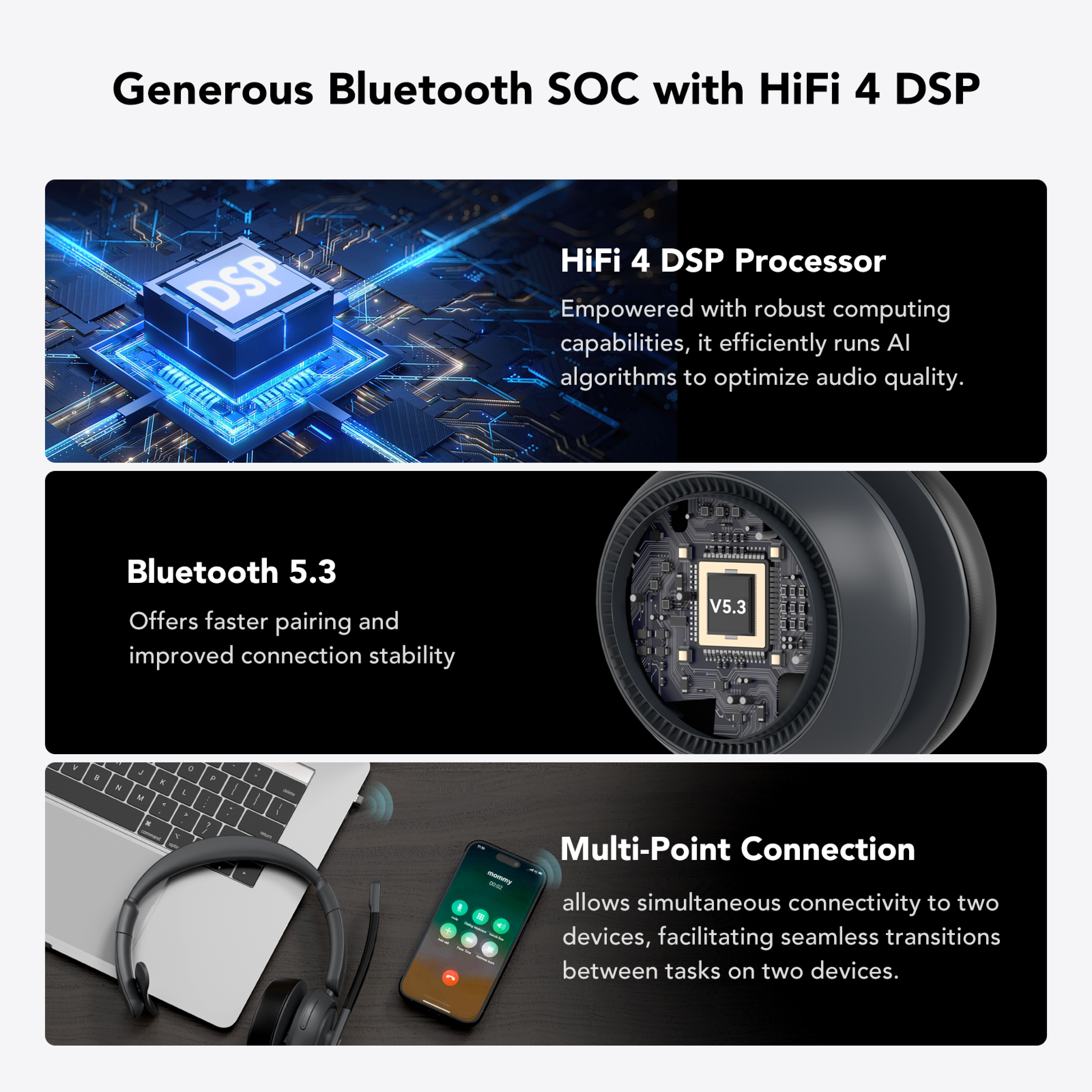In recent years, the wireless earphone market has undergone a remarkable transformation. Initially, the concept of wireless audio was limited to bulky devices with inconsistent connectivity. However, advancements in technology have led to the development of sleek, high-performance wireless earphones that cater to diverse user needs. This article delves into the evolution of these devices, highlighting key innovations and features that have shaped their current state.

Understanding Bluetooth Technology
The journey of wireless earphones began with Bluetooth technology. Introduced in the late 1990s, Bluetooth allowed devices to communicate wirelessly over short distances. This breakthrough paved the way for the first generation of wireless earphones, which offered users the freedom to move without being tethered by cords. But how did this technology evolve?
- Bluetooth 1.0: The initial version was limited in range and audio quality.
- Bluetooth 4.0: This version introduced low energy consumption, making it ideal for portable devices.
- Bluetooth 5.0: With improved range and speed, this version enhanced the overall user experience.
Noise Cancellation: A Game Changer
As the demand for high-quality audio grew, manufacturers began to incorporate advanced features into their wireless earphones. One of the most significant advancements has been the integration of noise cancellation technology. This feature allows users to immerse themselves in their audio experience, blocking out external distractions.
There are two primary types of noise cancellation:
- Active Noise Cancellation (ANC): This technology uses microphones to pick up ambient sounds and generates opposing sound waves to cancel them out.
- Passive Noise Isolation: This method relies on the physical design of the earphones to block external noise.
Features to Consider When Choosing Wireless Earphones
When selecting wireless earphones, several factors should be taken into account to ensure you make an informed decision:
- Battery Life: Look for earphones that offer extended playtime on a single charge.
- Comfort and Fit: Choose a design that suits your ear shape for prolonged use.
- Sound Quality: Prioritize models that deliver clear and balanced audio.
- Durability: Consider water-resistant options if you plan to use them during workouts.
Conclusion: The Future of Wireless Earphones
The evolution of wireless earphones has been nothing short of extraordinary. From the early days of Bluetooth technology to the sophisticated noise cancellation features available today, these devices have become essential for music lovers and professionals alike. As technology continues to advance, we can expect even more innovative features that enhance the listening experience.
For those interested in exploring high-quality options, consider checking out the that combines comfort, sound quality, and advanced features.


